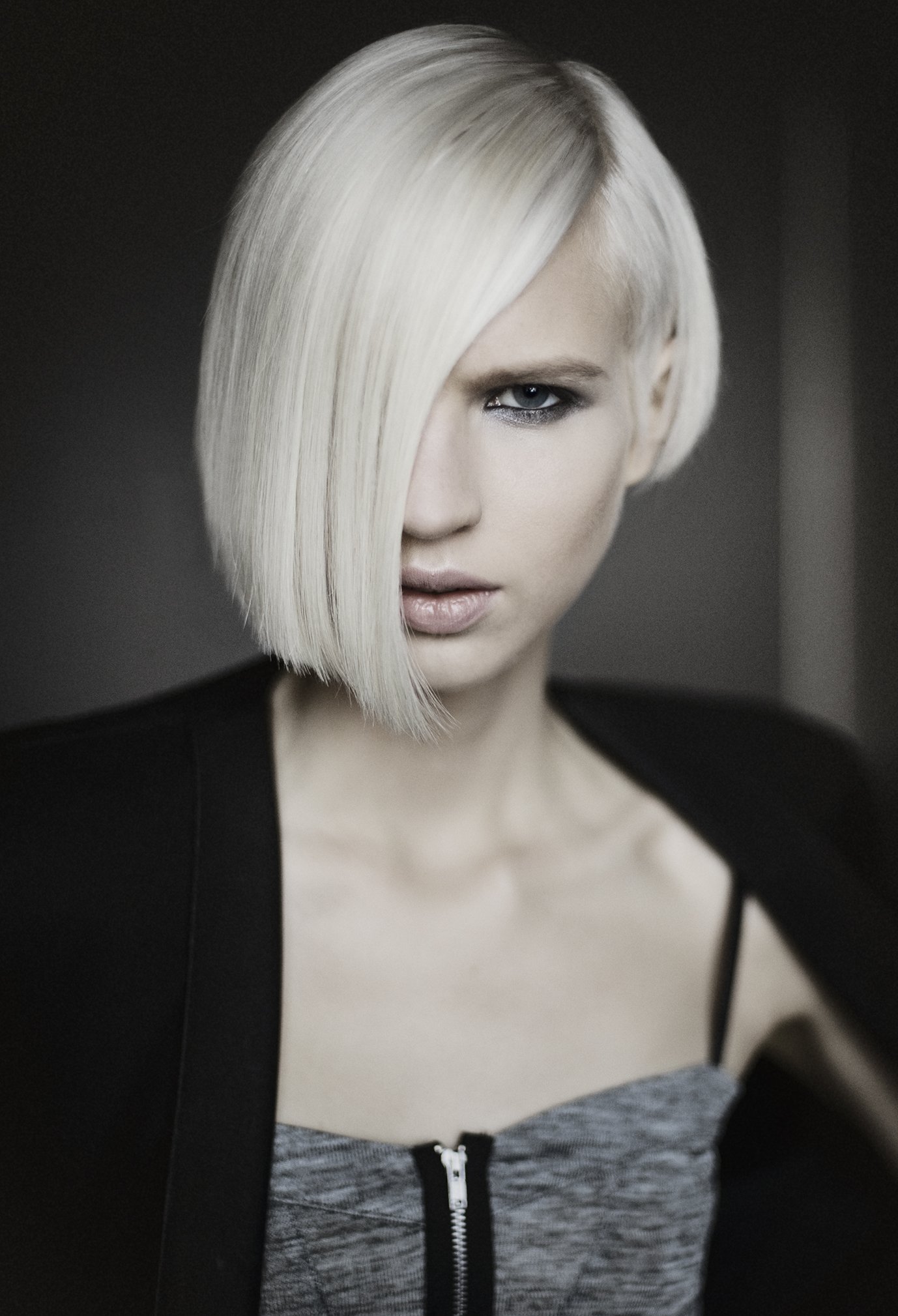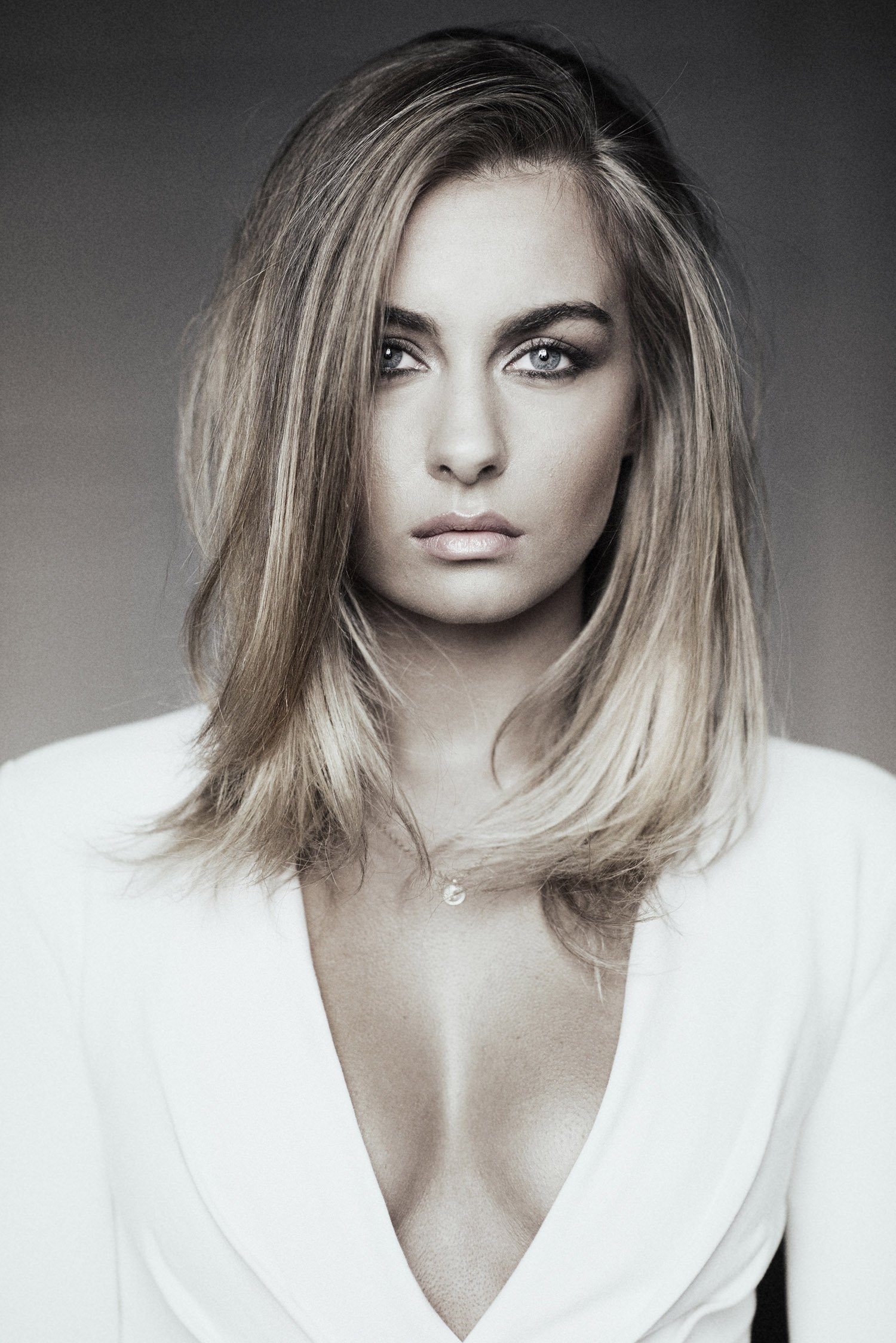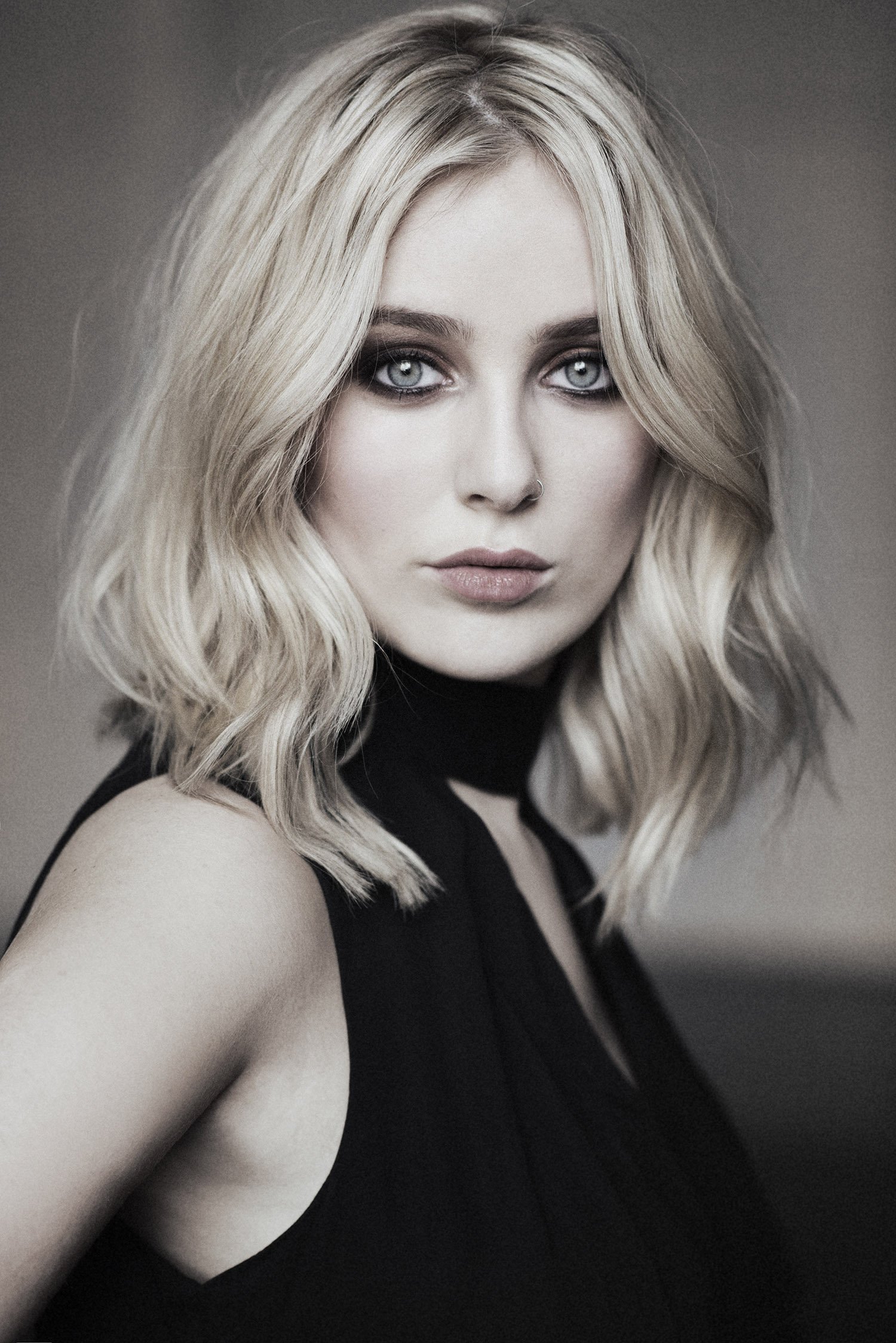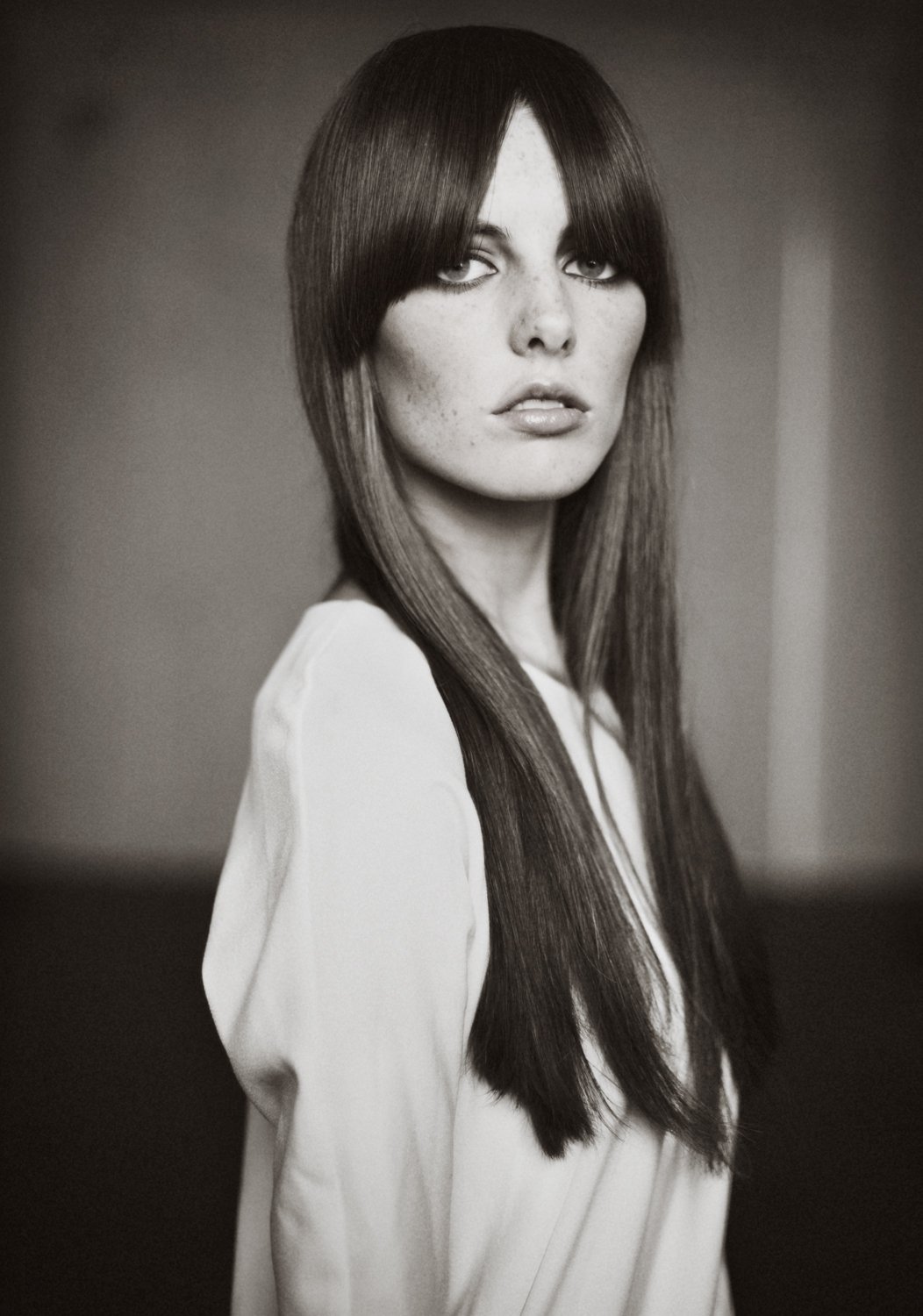The Art of Customisation: Tailoring Hairstyles to Individual Face Shapes
As professional hairdressers, we understand that every client is unique, and their hairstyle should reflect their individuality. One crucial aspect of achieving a truly personalised look is considering the client's face shape. By understanding the principles of face shape analysis and how to tailor hairstyles accordingly, we can enhance our clients' features and create stunning, bespoke looks that they'll love. Here's a guide to mastering the art of customisation through face shape analysis:
Understanding Face Shapes:
Before delving into specific hairstyles, it's essential to grasp the different face shapes. The most common face shapes include:
1. Oval: Oval faces are longer than they are wide, with balanced proportions and softly rounded features.
2. Round: Round faces have similar width and length, with full cheeks and a curved jawline.
3. Square: Square faces have a strong, angular jawline and a forehead of similar width to the jaw.
4. Heart: Heart-shaped faces have wider foreheads and narrow, pointed chins.
5. Diamond: Diamond faces are characterized by narrow foreheads and chins with wider cheekbones.
6. Oblong: Oblong faces are longer than they are wide, with straighter sides and a more elongated shape.
Tailoring Hairstyles to Face Shapes:
Once we've identified the client's face shape, we can recommend hairstyles that complement their features:
1. Oval - Oval faces are versatile and suit most hairstyles. Experiment with layers, fringes, and textures to add interest and enhance facial features.
2. Round - To elongate the face, opt for hairstyles with volume on top and length around the sides. Layered cuts and side-swept fringes can create the illusion of angles and length.
3. Square - Soften strong angles with layered or textured styles that add movement. Side-parted hairstyles and soft, wispy fringes can help to soften the forehead and jawline.
4. Heart - Balance a wider forehead with chin-length or longer hairstyles. Soft waves and layers around the chin can minimize the appearance of a pointed chin, creating a harmonious look.
5. Diamond - Highlight cheekbones with hairstyles that add width at the temples and jawline. Soft, side-swept fringes and chin-length cuts can help to balance proportions.
6. Oblong - Create the illusion of width with hairstyles that add volume and fullness at the sides. Layered cuts, waves, and curls can add texture and break up the length of the face.
Consultation and Collaboration:
Effective communication with clients is key to understanding their preferences and lifestyle, as well as their desired look. During consultations, take the time to assess the client's face shape, discuss their style goals, and offer expert advice on suitable hairstyles. Encourage open dialogue and collaboration to ensure that the final look exceeds their expectations.
Continued Education and Adaptation:
As trends evolve and new techniques emerge, it's crucial for professional hairdressers to stay updated through continued education and training. By continuously refining our skills and techniques, we can provide our clients with innovative and personalised hairstyling solutions.
In conclusion, the art of customisation lies in our ability to tailor hairstyles to individual face shapes. By understanding the unique features and proportions of each client's face, we can create flattering and harmonious looks that accentuate their natural beauty. With a combination of expertise, creativity, and collaboration, we can ensure that every client leaves our salon feeling confident and empowered with their customised hairstyle. If you want to learn more about face shapes, hair texture, hair growth patterns, consultation techniques and more please take a look at our Elements Education Book which covers all of this and more.





